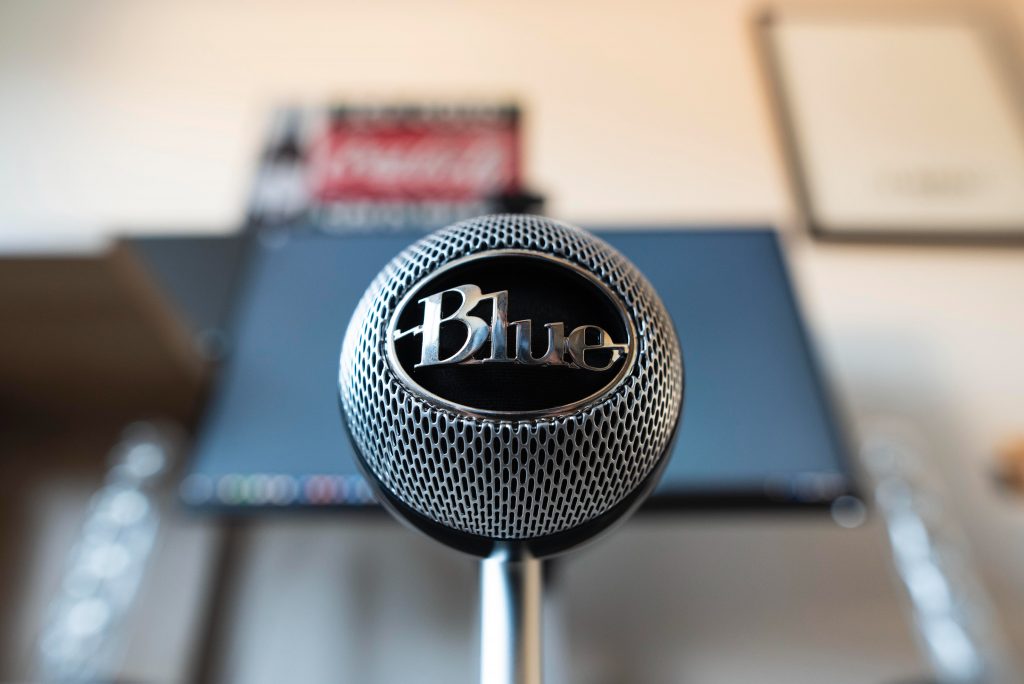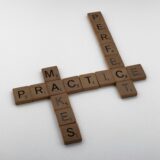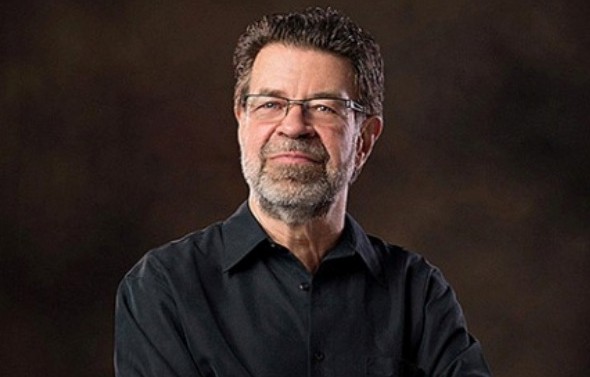VOICE-OVER : The How To Guide
The most important thing for us to understand about voice over is the same thing every voice actor repeats over and over again when they’re asked for an advice, and that is voice acting is acting itself. So the most important thing for you to learn how to do this is act. This is because voice over is not just about making silly voices but also becoming a character. Those silly voices are just one of the by-products that come from being a character.
So act! Get experience any way you can — join a drama club, community theatre, improve groups, singing lessons and acting classes. Try to warm up your body and your voice, whatever you can, before doing something that’s going be strenuous for your vocal cords. A quick google search will find you plenty of body and vocal warm ups for you to get started.
Read Out Loud
Read something loud everyday, something, anything, doesn’t matter, and don’t worry about performing it, or acting it, or doing it perfectly. Just get as much reading as you can reading out loud. Do some voice-over for fun.
The Microphone and its Accessory
There are two things that you need most to do to have this voice over possible. You’re going to need a microphone and a place to record to do so. A cheap but decent enough microphone will do. One microphone that I could recommend for beginners is what you call the Blue Snowball, which costs about fifty dollars at Amazon.
Another alternative is the Blue Yeti which is about one hundred dollars. You’re not going to get the pro gigs with these microphones but you will be to do some fun stuff and maybe even some small paying gigs. When you’re ready to really invest, you can get yourself a nicer microphone. You would also need a pop filter which costs twelve dollars only. This pop filter can keep your puhs, your tuhs and your kuhs from making really loud, annoying and unprofessional sounds in the mic from the air.
For a more comprehensive guide for your microphone, read on this article Voice Actor’s Guide in Choosing a Microphone.
The Closet
The place most voice actors record at home is in their closet because the clothes on the wall creates a perfect makeshift recording booth. Just make sure that when you are recording, you have all the loud background noises turned OFF. So that means, no fans, no air-conditioning and no screaming sibling! Just tell everything quiet for a minute while you record. Find some fun volunteer projects to audition for and get some experience.
Get Experience
One option is to go to YouTube and search for abridged series of fun dubs and auditions. Just get out there and try submitting things and see what comes back and make sure to download a program for you to record into your computer. Both Audacity and Garage Band are great options and they are free!
LISTEN!
The best thing a professional voice actor can do is listen. Yes, listen, listen, listen! Because it’s less about WHAT you’re saying and more about WHY you’re saying it. Listen to what the situation is to what the character is in who and they are responding to and what they’re thinking .
If you’re trying voice match someone with an impression, listen to that voice as carefully as you can. Listen to every little intricacy you can hear in that voice. Do they have an accent? Where is the voice coming from? Is it deep down the chest? Or is it like a little balloon noise in their throat? Or is it like really nasally and stuck like in their nose or something? There are different places that voices come from and different characters have different places as well as different accents, different speeds and different pitches. So many things you can listen to and try to replicate with your voice.
And remember, practice makes perfect so don’t ever give up. But at the same time, do not feel discouraged if there is a voice that you simply can’t do, no matter how many times you try.
















